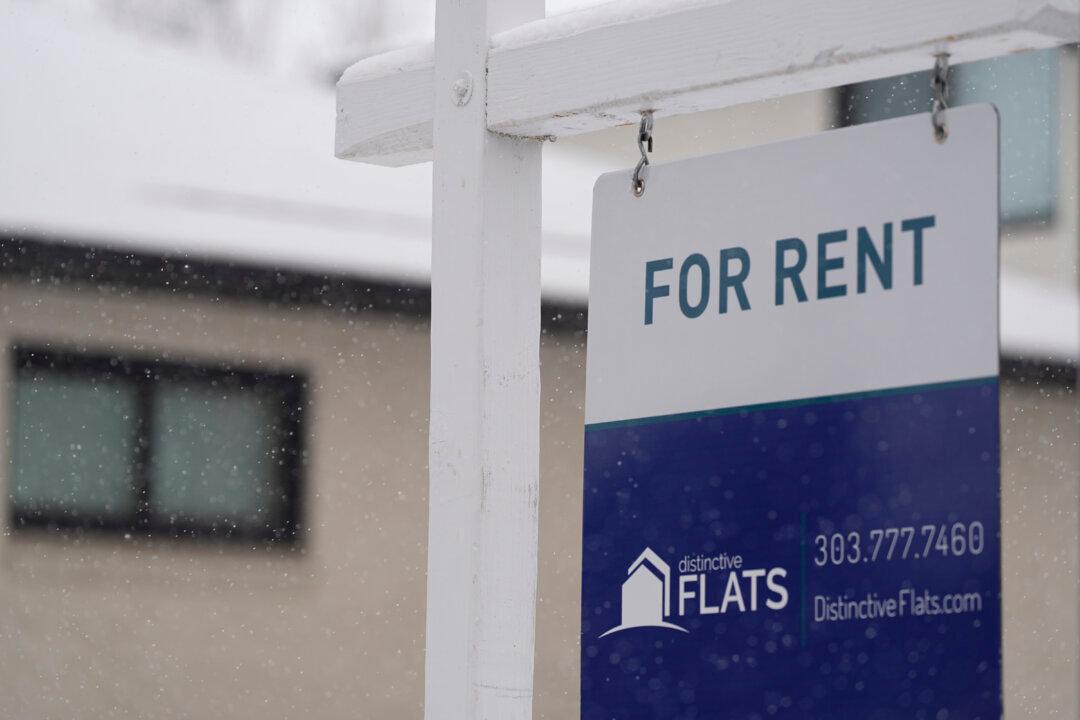The U.S. Internal Revenue Service (IRS) is offering free tax-filing options for almost 70 percent of America’s population, as well as expanding another free program for those with higher incomes.
However, according to a statement sent to The Epoch Times by NerdWallet.com, a financial firm, the free service remains underused, with less than 1.9 percent of those who qualify taking advantage of the program.
“This marks a shortfall of roughly 101 million income tax filers who may have missed the opportunity to file their federal income tax returns for free,” it reported.
This year, the IRS has expanded the program to 25 states: Alaska, Arizona, California, Connecticut, Florida, Idaho, Illinois, Kansas, Maine, Maryland, Massachusetts, Nevada, New Hampshire, New Jersey, New Mexico, New York, North Carolina, Oregon, Pennsylvania, South Dakota, Tennessee, Texas, Washington, Wisconsin, and Wyoming.
Nine of those states—Alaska, Florida, Nevada, New Hampshire, South Dakota, Tennessee, Texas, Washington, and Wyoming—do not have a state income tax. For the states that have a state income tax, the IRS partners with the state to send tax filers to a state-supported filing tool once their federal return has been filed.
Because Direct File does not support itemized deductions, it is most appropriate for taxpayers with simple tax returns. While the program also excludes state filings, it will direct the user to his or her state’s free filing tool once the federal return has been completed.
In many cases, notes the IRS, those itemized deductions typically include mortgage interest payments and property taxes for homeowners.
“Americans who are considering moving and want to maximize the amount of money they take home should consider property tax rates, in addition to other financial factors like the overall cost of living, when deciding where to live.”
Released on Feb. 18, the report surprisingly shows Hawaii with the lowest tax rate in the nation at just 0.27 percent of the home’s value.
Based on Hawaii’s median home value of $808,200 (2023 data), the real estate taxes are just $2,183. Completing the list of the top five states with the lowest tax rates in the nation are Alabama at 0.38 percent, Nevada and Colorado at 0.49 percent, and South Carolina at 0.51 percent.
On the other side, the top five states with the highest property tax rates include New Jersey at 2.23 percent, Illinois at 2.07 percent, Connecticut at 1.92 percent, New Hampshire at 1.77 percent, and Vermont at 1.71 percent. Ranked highest in the nation, New Jersey’s property taxes on a home with a median value of $427,600 are $9,541.
New York and California, often harboring some of the highest home costs in the nation, have property tax rates of 1.6 percent and 0.71 percent, respectively. In New York state, property taxes on a home with a median value of $403,000 are $6,450, while Californians with homes valued at the median of $695,400 pay $4,926 in real estate taxes.
“Depending on where you live, property taxes can be a small inconvenience or a major burden,” Lupo said.
“The average American household spends $2,969 on property taxes for their homes each year, according to the U.S. Census Bureau. Considering these figures and the massive amount of debt in America, it should come as no surprise that more than $14 billion in property taxes go unpaid each year, according to the National Tax Lien Association.”
Both programs are operated by the IRA and staffed by IRS-certified volunteers who are often retired professionals associated with non-profit organizations receiving grants from the IRS.







